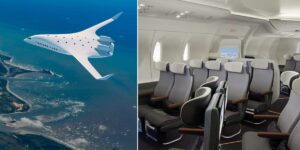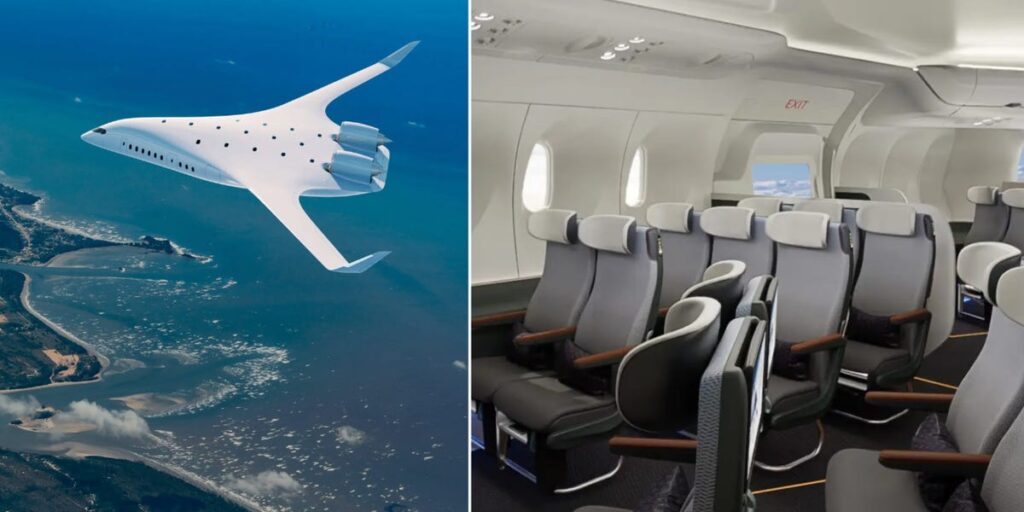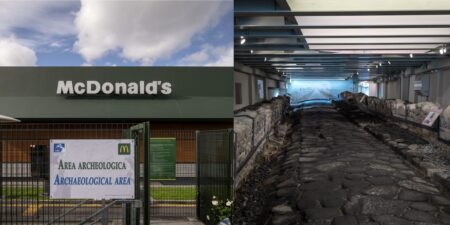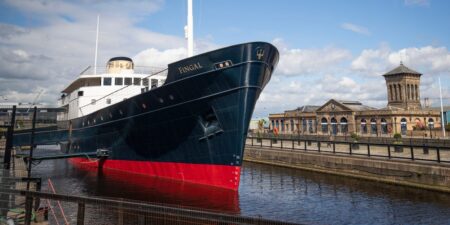- “Blended-wing” aircraft could be the future of commercial aviation.
- Airbus and startups JetZero and Natilus lead the development of these more efficient flying wings.
- The jets boast up to 50% less fuel burn and a uniquely shaped passenger cabin.
Aircraft manufacturers are racing to build the jet of the future as airlines demand more efficient planes.
Among the most likely concepts is a “blended-wing” body aircraft, which combines the fuselage and wing into one. This deviates from the traditional tube-and-wing design that has been the norm since the start of commercial aviation.
The all-in-one wing can reduce drag by up to 30%, helping reduce the amount of fuel needed, according to the US Air Force, which plans to use the design in a prototype.
A handful of companies have announced plans to build these unique vessels by the 2030s, including startups JetZero and Natilus and long-standing planemaker Airbus. Boeing has dabbled in blended-wing research but doesn’t have plans to build one yet.
Natilus and JetZero are starting from scratch and targeting different markets, but they have the same overarching goal: puncture the Airbus-Boeing duopoly.
Natilus is developing a 200-passenger narrowbody jet called Horizon to fill a perceived aircraft capacity gap over the next 20 years, while JetZero plans to build a giant 250-capacity widebody called Pathfinder to replace aging Boeing 767s.
Airbus could maintain its market lead with its 200-passenger “ZEROe” blended-wing concept. The company has decades of experience designing commercial airplanes — leading the industry with its best-selling Airbus A320 family of similar capacity.
All three companies have found what they think is the secret sauce in the giant flying wing. It is poised to greatly improve fuel burn, open up a wider cabin, and offer airlines better overall economics while still meeting route and infrastructure needs.
Read the full article here
















